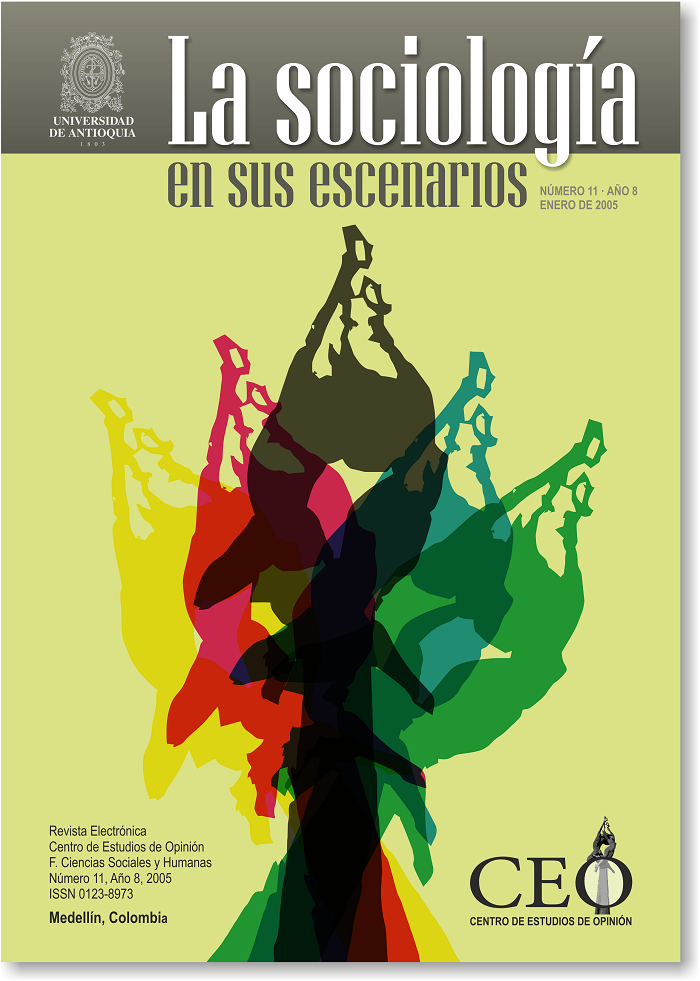LA HORA DE LA INTEGRACIÓN POLÍTICA Y SOBERANA DE AMÉRICA LATINA Y EL CARIBE
Keywords:
Ciencias sociales, Survey, Análisis cuantitativo, Estudios de Opinión, Encuestas sociales, Sondeos electorales, Polls, Diagnosticos Socioeconomicos, Calidad de VidaAbstract
Abstract. From the years of the political independence, whose bicentennial numerous countries of the region have begun to commemorate, by regional or subregional integration it had been alluded to essentially to processes of economic and commercial marrow. That was the main character in the agreements of the ALAC-ALADI, the Andean Pact, Central American The Common Market (MCC), of the CARICOM, born in the decade of the 60; like also of the new ones arisen or relaunched from the 90 in future, the Mercosur, the DOG, in particular. That character - commercial and also essentially financial, had the proposals with integration to which it was summoned to the countries of the region on the part of the governments of the United States, to count of 1994, after the conformation of the Area of Free Commerce of Americas (ALCA), and shortly after by the governments of the European Union, under the name in "Agreements of Association" with countries and sub-regions of the Latin American and Caribbean continent. One treated, therefore, of integration of markets, or in defensive form in front of the processes of commercial or financial globalization or schemes of integration under the hegemony of the international bank and the American or European transnational companies. He is not that one, nevertheless, the character of the rising Community of Latin American and Caribbean States, who's launching has remembered in the Summit of the Unit realized in the Mayan Creek, Mexico, between 22 and 23 of February of 2010. Either it is not it of the UNASUR (Union of South American Nations) born in May of 2008 and that already turns 2 years of existence; far from it of the Bolivarian Alliance for the Americas, arisen in December from 2004.
Resumen. A lo largo de los últimos 2 años, un escenario inédito se ha ido configurando en torno al proceso de integración latinoamericana y del Caribe. Hasta entonces y desde los años de la independencia política, cuyo bicentenario numerosos países de la región han empezado a conmemorar, por integración regional o subregional se había aludido fundamentalmente a procesos de médula económica y comercial. Ese fue el carácter principal de los acuerdos de la ALAC-ALADI, del Pacto Andino, del Mercado Común Centroamericano (MCC), del CARICOM, nacidos en la década del 60; como también de los nuevos surgidos o relanzados del 90 en adelante, el MERCOSUR, la CAN, en particular.





